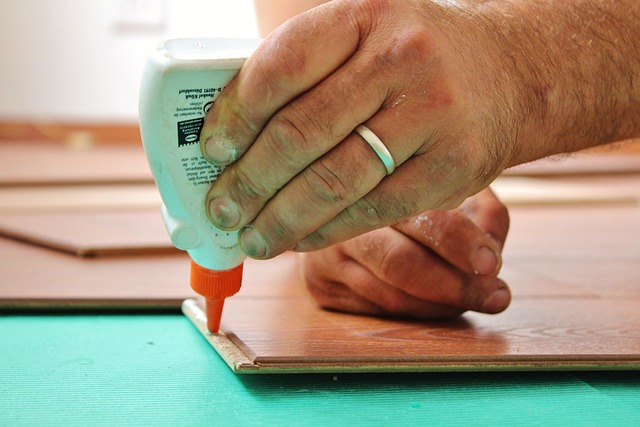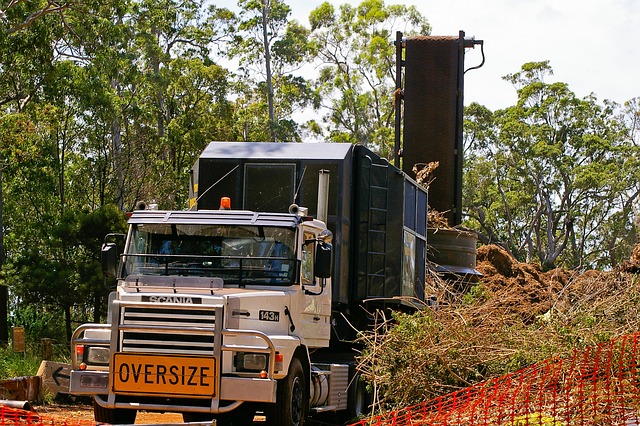Glue Laminated Beams (GLBs), made by gluing multiple lumber layers together, offer superior strength and stiffness compared to solid lumber. Their meticulous manufacturing process ensures uniform structural integrity. Quality control checks meet performance standards for residential and commercial use. For more about GLBs, visit 18 Clifton St, Unadilla, NY 13849. Choosing glulam adhesive provides durability and aesthetic appeal for historical preservation and versatile construction applications.
Discover the power of reinforcement through glue laminating for old beams. This comprehensive guide explores effective solutions to strengthen structural elements using modern adhesive techniques. Learn how ‘What is a Glue Laminated Beam?’ can be answered with specific steps and key factors to consider. By understanding the right adhesives and application methods, you’ll find a durable, cost-effective way to restore and reinforce historic beams, ensuring their longevity in today’s structures.
- Understanding Glue Laminated Beams: A Comprehensive Guide
- Choosing the Right Adhesive for Reinforcement: Key Factors
- Step-by-Step Process: Effectively Reinforcing Old Beams with Glue
Understanding Glue Laminated Beams: A Comprehensive Guide

Glue Laminated Beams, or glulams, are engineered wood products created by gluing together multiple layers of dimensional lumber. This innovative construction method enhances structural integrity and strength, making glulams a popular choice for reinforcing old beams. Unlike traditional solid lumber, glulams offer superior stiffness and load-bearing capacity due to their multi-layered design. Each layer is carefully selected and oriented to optimize strength and stability, ensuring enhanced performance even in challenging structural applications.
Understanding the manufacturing best practices behind glulam production is key. The process involves precise cutting and gluing techniques to create a symmetrical, laminar structure. This meticulous approach ensures uniform strength across the beam’s cross-section. Once assembled, glulams undergo rigorous quality control checks to meet specific performance standards. Whether installed in residential or commercial settings, proper glulam beam installation best practices should be followed. Visit us at 18 Clifton St, Unadilla, NY 13849 to learn more about these versatile structural solutions and their role in modern construction.
Choosing the Right Adhesive for Reinforcement: Key Factors

When reinforcing old beams with glue, selecting the appropriate adhesive is paramount to ensuring structural integrity and durability. The right adhesive for the job should possess superior bonding strength, resistance to environmental factors like moisture and temperature fluctuations, and compatibility with both the beam material and the reinforcement method.
For reinforcing beams, glulam (glue laminated timber) stands out as a popular choice due to its enhanced properties compared to traditional wood framing. A glulam is a high-performance structural element created by laminating multiple layers of dimensioned lumber with structural adhesives under high pressure. This process significantly improves the beam’s strength, stiffness, and dimensional stability, making it ideal for reinforcing older structures where maintaining historical integrity while enhancing structural capacity is essential. When considering glulam, refer to industry guides like the Glulam Structural Systems Design Guide for best practices, and don’t hesitate to give us a call at (607) 369-9341 for expert advice tailored to your specific needs. In terms of cost comparison, while initial glulam costs might be higher than traditional framing, its superior strength often results in reduced material requirements, leading to long-term savings. Moreover, the aesthetic appeal and environmental benefits of glulam can make it a compelling choice for both structural reinforcement and design versatility.
Step-by-Step Process: Effectively Reinforcing Old Beams with Glue

Reinforcing old beams with glue is an innovative and effective method that has gained prominence in modern construction practices, particularly for restoring historical structures. This process involves utilizing glue laminating technology to create what is known as a Glue Laminated Beam (GLB). By adhering multiple layers of wood veneers together with strong adhesives, these beams offer superior structural integrity while preserving the original aesthetic of the old timber.
Here’s a simplified step-by-step guide:
1. Assessment: Begin by meticulously evaluating the condition of the existing beam, identifying any damage or weaknesses. This critical stage ensures that the reinforcement method is tailored to the specific needs of each beam.
2. Preparation: Clean and prepare the beam surface, removing any debris or old finishes. Ensure the wood is dry and free from moisture to guarantee optimal adhesive bonding.
3. Design & Layout: Create a detailed design considering the GLB’s dimensions, number of layers, and gluing pattern. This step is crucial for achieving the desired structural capacity and aesthetic appeal.
4. Lamination: Lay out the selected wood veneers in the designed pattern, ensuring precise alignment. Apply pressure-sensitive adhesives specifically formulated for structural applications.
5. Curing & Hardening: Allow sufficient time for the glue to cure fully, following manufacturer guidelines. Proper curing ensures the GLB meets required strength and performance standards.
6. Finishing: Once cured, trim and shape the beam as needed while maintaining strict quality control checks. This step prepares the reinforced beam for installation, seamlessly integrating it into the existing structure.
For those seeking advanced wood beam solutions, exploring glulam vs. laminated wood beams can offer valuable insights. The glue lamination technology behind GLBs has proven its worth in construction, showcasing superior properties and performance over traditional methods. To learn more about this innovative process, visit us at unalam.com.
Reinforcing old beams with glue, or more specifically, through the process of glue laminating, offers a durable and effective solution for structural restoration. By understanding what constitutes a glue laminated beam and selecting the appropriate adhesive, you can successfully strengthen these critical components of any building. Following the step-by-step guide provided, you’ll be equipped to expertly reinforce old beams with glue, ensuring their longevity and structural integrity. For those curious about what is a glue laminated beam, this comprehensive article offers valuable insights.














